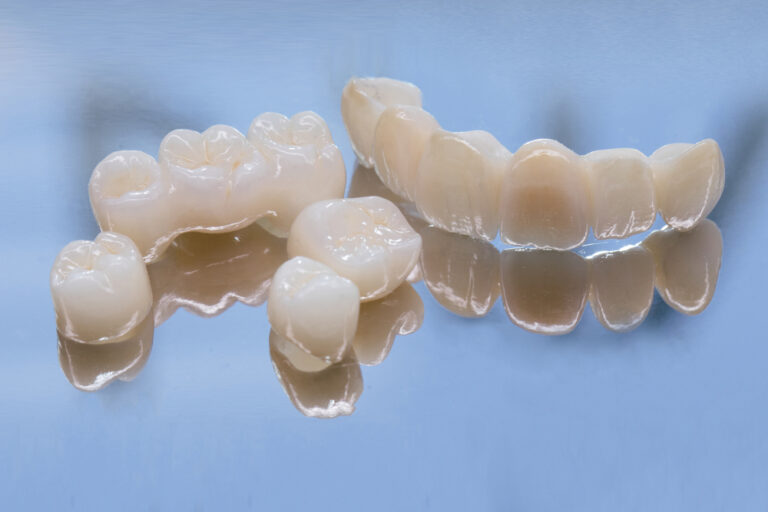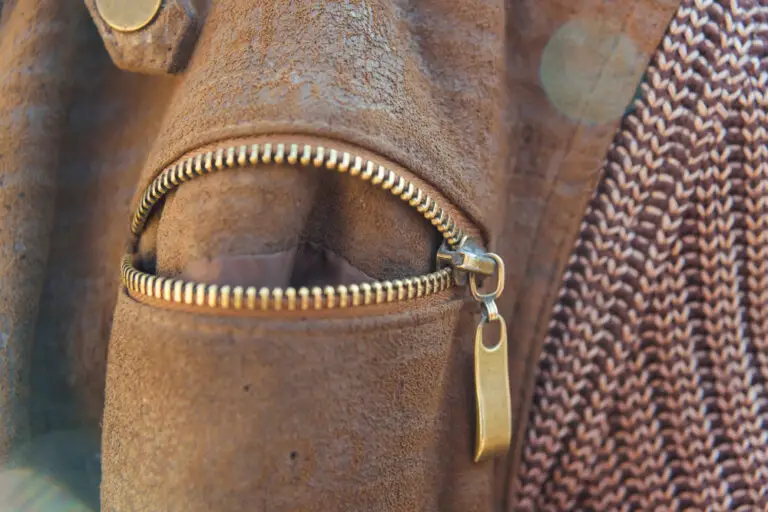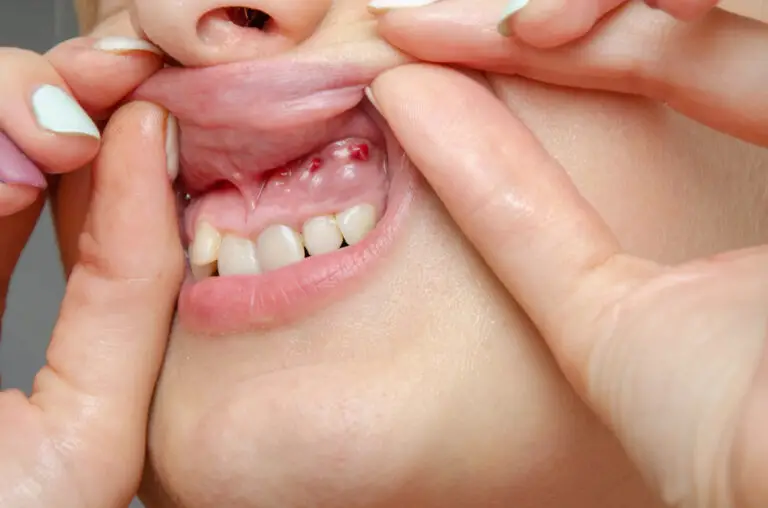Did you just get a dental insurance plan? Or are you planning to purchase one? In any case, it’s important to know about maximums.
A dental insurance maximum works just like a medical insurance maximum. It’s an upper limit on the amount of dental expenses covered by the plan in one year. Once you reach this limit, the insurance won’t pay for any more expenses until the next year.
But what does that mean? And why does dental insurance have a maximum? You must have a lot of questions buzzing in your mind. Don’t worry because we’re here to help!
This article will tell you everything about dental maximums. From what it is to how to manage it, read more to save yourself from major financial troubles!
What is a Dental Insurance Maximum?

Depending on the insurance provider, a dental insurance maximum may be called an annual maximum and an annual benefit maximum. But the concept behind these terms remains the same – an upper limit.
The dental insurance maximum is an upper limit to how much you can spend on dental services without paying from your pocket. So, let’s suppose the maximum on your insurance plan is $1200.
This means the insurance provider will only pay a total of $1200 for your dental services in a year. Once your dental expenses exceed this limit, you will be completely responsible for the payment.
However, please note that the maximum will be reset after 12 months (the benefit period). Also, different dental insurance plans may cover different dental services. You should check your plan thoroughly to know what is covered and at what percentage.
Here’s a real-life example to help you understand it better:
| Max purchased a dental insurance plan with a maximum of $2000 in January 2022. In May, he got a decayed tooth extracted and a crown placement for $2500. Since his insurance plan covered root canals at 75%, his total bill was $1875.
The insurance paid the amount and deducted it from the annual maximum. This left $125 for the rest of the year ($2000 – $1875 = $125). In December, his dentist found another cavity and advised him to get it filled as soon as possible. The procedure would cost $250. Since his plan covers cavity fillings at 80%, the total amount would be $200. Now, his annual maximum is reached. The insurance provider would only pay $125, and Max would have to pay $75 out of his pocket. Or he could wait till January 2023 when the maximum will be reset to $2000. |
What Percentage Does Most Dental Insurance Cover?

Different dental insurance providers offer different percentages for dental work. They usually use a tiered system to determine the coverage percentages. Here is what most insurance providers offer:
| Service Type | Services | Coverage Percentage |
| Preventative Care | Routine Checkups, Professional Teeth Cleaning, X-rays | 80% to 100% |
| Basic Restorative Services | Cavity filling, extractions | 70% to 80% |
| Major Restorative Services | Dental implants, root canals, bridges, surgeries | 50% |
| Orthodontics | Aligners, braces, and dentures | 50% to 60% |
Please note that these are average percentages and do not apply to all insurance plans. The plan may also have policies like annual deductibles, lifetime maximums, and wait periods for major services. So, always read the dental insurance policy in detail before buying it.
Dental Annual Maximum VS Out-of-Pocket Maximum
Most people confuse these two terms, though their meanings are quite different in the insurance world. Let’s have a look at their differences!
Firstly, a dental annual maximum is limited to dental insurance, as discussed above. Meanwhile, the out-of-pocket maximum can be used in both dental and general medical insurance. You’ll notice this term in the policy papers when buying the insurance plan.
Secondly, an out-of-pocket maximum is the opposite of an annual maximum. It refers to the amount you have to pay for covered services in a policy year. Once you’ve reached this limit, the insurance company will cover 100% of dental or medical expenses.
Thirdly, the out-of-pocket maximums are typically higher than dental annual maximums. It is in several thousands of dollars, whereas the annual maximum is a few thousand dollars.
Why Does Dental Insurance Have a Maximum?

The purpose of dental insurance maximum is simple; to help insurance providers control costs without affecting your dental care experience.
You can still avail of dental care services while the insurance provider pays the costs. But, with an annual limit in place, you will be careful with how you use the insurance. This helps the insurance provider cover your expenses efficiently.
If there would have been no limit, would you have used the insurance wisely? Wouldn’t you have felt the desire to get as many dental procedures as you like (especially orthodontic treatments)?
Admit it or not – this is human nature. When something is endless, it loses value. It’s the same with dental insurance, as we might spend too much more than needed.
This might not only affect the insurance carrier but also increase the insurance costs, out-of-pocket costs, etc. Hence, draining you financially in the long term.
What is a Good Annual Maximum on Dental Insurance?
A good annual maximum depends on your dental needs, the cost of dental care in your area, and your budget. The common range of dental insurance maximums is $1000 to $3000. Some plans may offer higher plans – up to $5000.
Generally, the higher the annual maximum is, the better it is for you. This is because you’ll get more coverage and financial protection for dental expenses. But higher annual maximums also come with higher monthly premium costs.
So, it’s better to stick to lower annual maximums if you’re an individual who needs basic preventative and restorative care. However, if you require major procedures or have a family, you may want to consider a higher annual maximum to offset potential costs.
What To Do If Dental Insurance is Maxed Out?

Although it is rare, some people reach their annual maximum. If you’ve maxed out on your dental insurance, don’t panic because there are several ways to manage your dental expenses without it. These include:
1. Prioritize Treatments
If you have any pending or necessary treatments, prioritize them based on urgency and importance. Address any immediate dental issue to prevent it from worsening. But, if there’s something that can be delayed until the next plan year, consider waiting.
2. Inquire About Dental Discount Plans
Check with your dentist if they offer discounts or dental savings plans for patients who have exceeded their maximums. You may also want to look out for senior, veteran, and other types of discounts.
3. Get Supplemental Dental Insurance Coverage
Supplemental dental insurance is an additional plan for services that are partially covered or not included at all in traditional dental insurance.
It also comes with higher coverage percentages, higher annual maximums, and no waiting period. So, if you want to get a dental treatment that isn’t covered by the main plan, consider buying supplemental coverage.
4. Flexible Spending Account or Health Savings Account?
Flexible Spending Account (FSA) and Health Savings Account (HSA) are tax-exempt accounts that can be used to pay for certain dental services. But you can’t have both accounts at the same time, so make sure to choose one that covers your desired expenses.
5. Negotiate Payment Arrangements
If you’re a regular client, the dental clinic might consider setting up a special payment plan for you. Just talk to your dentist about the financial problem and ask if they can spread the payment over time.
6. Maximize Preventative Care
Continue to get routine checkups and professional cleanings even when your insurance has maxed out. These preventative services will still have 100% full coverage. So, you won’t have to pay anything.
It will also help identify potential issues in your oral health and get rid of them before they require expensive treatments.
FAQs
1. What is the highest annual maximum on dental insurance?
The highest annual maximum on dental insurance is up to $5000. However, most dental plans offer an annual maximum of $2000. It’s best to consider the yearly dental needs of you and your family before selecting a plan.
2. Does health insurance cover dental?
No, healthcare insurance plans don’t cover dental services. They only cover the general medical expenses of you and your family. You’ll need to get a separate dental plan.
3. Can I use HSA for dental?
Yes, Health Savings Account (HSA) can be used for both medical and dental expenses. But the type of services covered may be limited. So, make sure to do your research before making an account.
Last Words
By now, we hope the answer to the question – why does dental insurance have a maximum? – is quite clear. It’s to help insurers manage costs while encouraging you to seek preventative care without financial strains.
But please note that different dental insurance plans have different maximums. You should discuss your plan thoroughly with the provider before purchasing it. And if you’re unable to do that, let us know your queries in the comments below. We’ll be happy to help!







